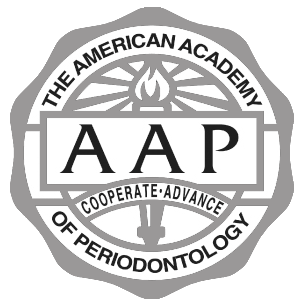The Dental Veneers Placement Procedure

Veneers are simple, permanent solutions for dental imperfections. These restorations are custom-fit for each patient. The placement of these shells is a step-by-step procedure. If you want to find out more about the procedure for veneer placement, here are the steps.
Placement of direct partial veneers
These porcelain shells are for covering localized imperfections. Direct partial veneers conceal a small part of the tooth’s surface. These thin shells cover small damages from enamel hypoplasia in front of the teeth. Placement of these shells starts with the thorough cleaning of the tooth’s surface.
The dentist will inject a local anesthetic if the damage to the tooth is deep. The dentist will select the right shade under natural daylight. Then, the dentist will isolate the tooth by surrounding it with cotton rolls. These cotton barriers will also prevent contamination from the mouth’s saliva.
After preparing the tooth, the dentist will apply etching gel or liquid on the tooth’s surface. This process allows the shells to adhere well. The dentist will rinse off the etching substance and dry the tooth again. Then, the dentist will apply a thin layer of adhesive. The last step is that the dentist will place the direct partial veneer on the tooth.
Placement of direct full veneers
These veneers are for dental damages from widespread enamel hypoplasia. This condition often affects the anterior portion of the upper jaw dentition. These porcelain shells can also close gaps between teeth through direct technique. If the patient has two damaged teeth, the dentist can finish this procedure in two separate stages.
The dentist will select the shade first. Then, the dentist will isolate the tooth with cotton rolls to keep it dry. If the tooth damage is too deep, the dentist will give a local anesthetic. The dentist will clean the tooth, then etch it. After rinsing and drying the tooth, the dentist will apply an adhesive. The dentist will then bond the veneer to the tooth.
There should be patience on the part of the patient during the placement of these thin shell restorations. The dentist should be patient as well. Placing direct full veneers involves a layering technique. The placement needs multiple clinic visits to complete.
Placement of indirect veneers
Dentists and patients prefer indirect veneers more than the direct full ones. A dental lab creates custom-fit porcelain veneers. Each shell has either porcelain or composite material. This placement often takes two separate appointments to complete.
The dentist may or may not give the patient a local anesthetic. Then, the dentist will shave off a small amount of enamel for these shells. After selecting the right shade of shells, the dentist will take an impression of the patient’s teeth. The dentist will then send the mold to the dental lab.
As the lab makes the permanent veneers, the patient will wear temporary ones. Once these shells are ready, the dentist will remove the temporary veneers and clean the teeth. The dentist will etch and dry the teeth. Then, bonding these restorations to the teeth will follow. The dentist will remove excess material and polish the teeth.
The proper placement of dental veneers can protect your teeth for years
Dental damage can affect the appearance and function of your teeth. With dental veneers, you can get permanent restorations. Your smile will always be beautiful with these thin dental shells. Working with your dentist in caring for the veneers is crucial in maintaining their look and integrity.
Are you considering getting veneers in the Somerville area? Get more information at https://somervilledentist.com.
Check out what others are saying about our dental services on Yelp: Dental Veneers and Dental Laminates in Somerville, MA.
Related Posts
Dental veneers are thin, artificial caps for your natural teeth. They can cover up stained teeth or coat over tooth chips or discolored spots. Dentists sometimes use them to reshape and fix the appearance of crooked, crowded, or overly-spacious smiles.Many people choose veneers because they offer beautiful and durable results without requiring invasive procedures. The…
Dental veneers are thin shells tailor-made to cover the front surface of your teeth. They dramatically improve your smile and are bonded to the teeth, changing their appearance completely. Eligibility for veneers varies for each person depending on the condition of their natural teeth. Here is additional information on the types of veneers and when…
Invest in dental veneers or laminates, regardless of age, to enhance your smile.When it comes to achieving the perfect smile you desire, brushing and flossing may not be enough to cut it. Fortunately, we can help you change the size, shape, and shade of your teeth with dental veneers and dental laminates. Not only can…
The role of a cosmetic dentist is to give you beautiful teeth and brighter your smile like never before. To that end, there is probably no tool as versatile or as widely used as dental veneers. Dental veneers, sometimes referred to as porcelain veneers, are enhancement devices that have truly made their mark in the…






